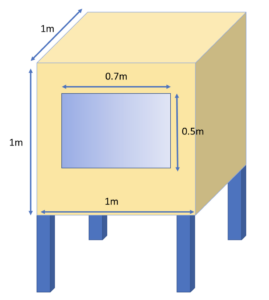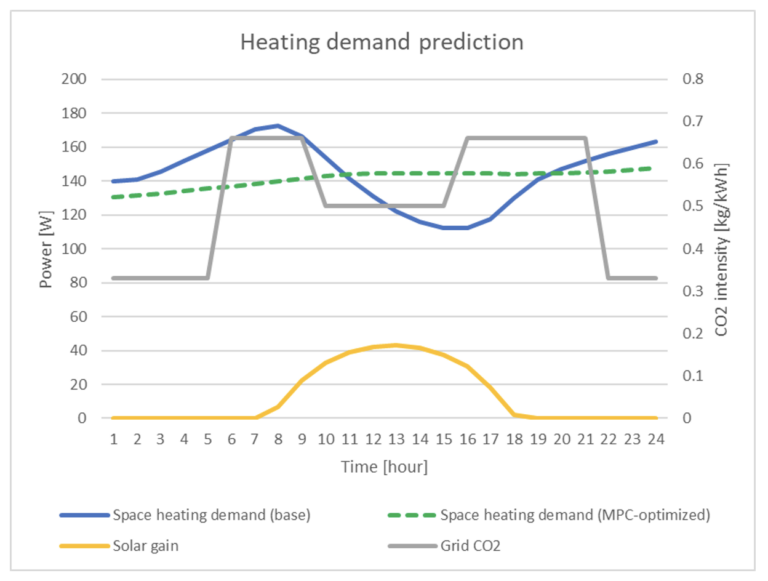Austrian pilot - Salzburg
Description
One of the research pilots in Austria is a university building located in Kuchl, Salzburg. The location lies in central Alpine climate region. For the research pilot in Kuchl (Salzburg), a case study will be conducted with the use of a physical model which simulates a conditioned indoor space. Through model predictive control, the space heating demand of the building model will be optimized by considering thermal properties of building envelopes, weather forecast and CO2 intensity forecast of district heating grid. The impact on district heating and the potential to integrate solar energy into the grid will be evaluated.
A model predictive controller has been developed for predicting future heat demand of a system over 24 hour and calculating optimal control inputs which satisfy the target of reducing carbon footprint from energy use. A digital twin of the physical model was created and included in the controller. A test for 24 hour prediction of heat demand was conducted. It was shown that the optimized heat demand profile was flattened over the prediction horizon. The upcoming work is to apply MPC-optimized control inputs to the heating system of the physical model in order to examine their influences in reality.


Since the district heating system in the town is biomass-fired, the CO2 emission is already lowered. Utilization of solar energy does not involve combustion process, resulting in zero emission in energy production. Therefore, optimising solar feed-in is the working hypothesis for decarbonisation in this research pilot. The research pilot building has high thermal mass. The thermal inertia of the building and thermal energy storage help fill in the gap between temporal variability of solar energy and energy demand, which may facilitate decarbonisation in regional energy management.
The hypothesis will be evaluated in terms of CO2 emission. CO2 emission brought by the CO2-optimizing MPC algorithm will be compared to that of conventional thermostatic control. The evaluation will be quantified by calculating average carbon intensity of the power consumed (Vogler-Finck, Wisniewski, & Popovski, 2018).